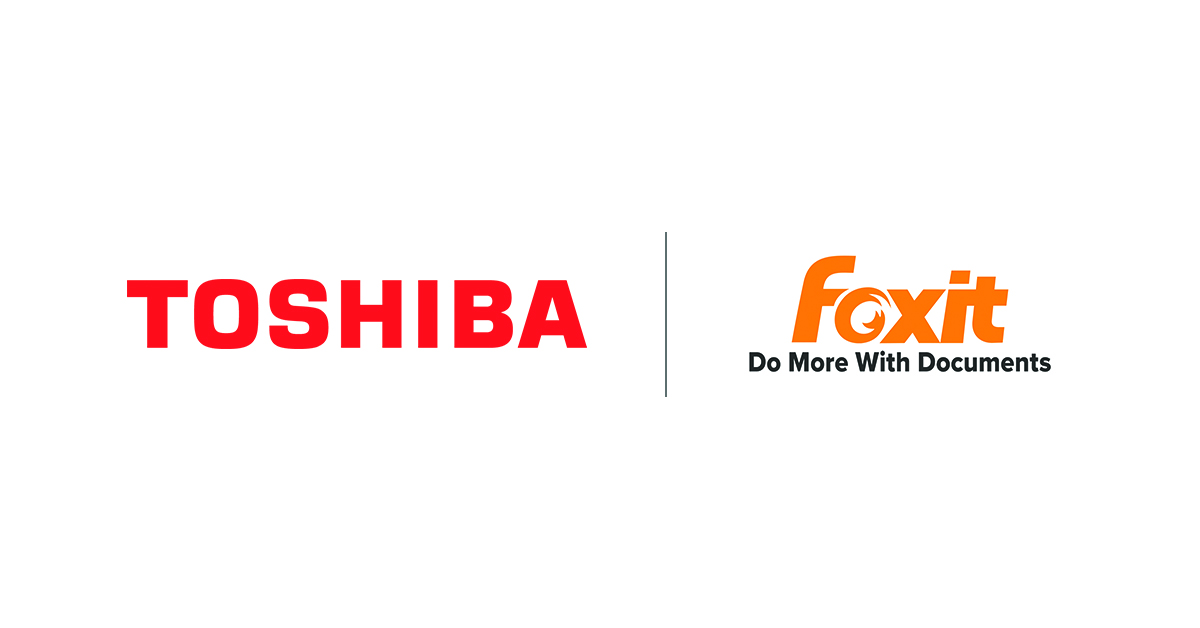

The message that it had reconnected obscured the message re selecting the hardware. Every time I clicked on the icon, before the message re selecting the hardware appeared, my broadband connection was briefly disconnected and I had a message on the screen that it was dialling up again. After using the icon on the task bar successfully since the purchase of my computer 9 months ago I suddenly experienced a problem. I used your advice re creating a shortcut to safely remove hardware for a slightly differenct problem which had started to occur all of a sudden. I haven’t checked the log files on the hard drive yet, but maybe there is some info there.

Unfortunately, System File Checker did not give me any info or summary after it completed its fixes, it just closed leaving me wondering for a moment if it accomplished anything or not. Otherwise, no other problems with updated files being overwritten by SFC that I am aware of.
#Toshibe mysafe software update
Later, I found that I had to update my Windows Script files back to version 5.7 because these had been replaced to the earlier versions that came with service pack 2. In the “Run” command window, I typed sfc /scannow After twenty minutes the scan was complete, System File Checker closed, and when I checked the hidden icons in the system tray, the Safely Remove Hardware icon was present at last. After trying the suggested fixes and workarounds, I decided to run the System File Checker in case any related files were corrupted. My icon for “safely remove hardware” suddenly disappeared from the system tray on my notebook. Now, whenever you need to remove hardware, and the icon isn’t present on the taskbar notification area, you can simply double click on this new shortcut and get the job done. In the resulting dialog box enter that “RunDL元2” command listed above.

Right click on your desktop, click on New, and then click on Shortcut. If it happens often enough, you can create a desktop shortcut for that geeky looking command. Of course a side effect I noticed when I did this was that the “Safely Remove Hardware” icon reappeared.

Once Windows is done with it, you can then remove the device. That will bring up the “Safely Remove Hardware” dialog: Safely Remove Hardware dialogįrom this dialog you can click on the device you want to remove, and press Stop. When this happens, what I’ve found is that you can click on Start, Run…, and type in: Even though there are devices installed that require it – it’s nowhere to be found. The problem is that occasionally, for reasons unknown, the “Safely Remove Hardware” icon can disappear. In practice that doesn’t happen often, but it’s possible. In the case of disks, for example, Windows flushes all disk buffers, avoiding things like potential corruption.Īnd that’s the fear – if you remove something like a USB thumb drive without first telling Windows, it’s possible to corrupt the contents of the drive. The purpose of “Safely Remove Hardware” is simple: it’s how you tell Windows that you’re about to remove a device so that Windows can finish whatever it needs to do with it. If you hover your mouse over it you’ll see it’s tool-tip: “Safely Remove Hardware”. Normally, when you have a removable USB device installed, Windows displays a small icon in the notification area (the right most collection of icons) of your task bar: Safely Remove Hardware icon So, I stumbled onto a fairly reasonable workaround. I’ve never actually had a problem just unplugging the device anyway, but it still makes me feel uncomfortable doing so. The remove hardware icon in the taskbar’s notification area disappears occasionally for reasons unknown.


 0 kommentar(er)
0 kommentar(er)
